2021 Nissan Rogue Review: First Drive

It might not have been the best handling nor the most powerful among its rivals, but the Rogue has always been a utilitarian and comfortable crossover with a pliant ride and ample space to carry a family, all bags in. And those have been the primary reasons for its success. So straight away, the 2021 Nissan Rogue has big shoes to fill as it takes the baton from the company’s best-selling SUV.
Of Butch Looks and Luxury
Aesthetically, the 2021 Rogue is a sharp departure from the previous generations. A chrome-heavy V-Motion grille is pure bling. Combine that with the sleek LED daytime lamps and bumper-mounted LED headlamps and you get a butch-looking face. It isn’t pretty but will definitely catch eyeballs. In the shortest, it looks more like an SUV and less like a crossover.
FAST FACTS
| Engine: | 2.5L I4 |
| Output: | 181 hp, 181 lb-ft |
| Transmission: | CVT, AWD |
| US fuel economy (MPG): | 25/32/28 |
| CAN fuel economy (L/100KM): | 9.2 / 7.2/ 8.3 |
| Starting Price (USD): | $26,745 (inc. dest.) |
| As-Tested Price (USD): | $37,925 (est, inc. dest.) |
| Starting Price (CAD): | $30,328 (inc. dest.) |
| As-Tested Price (CAD): | $41,828 (inc. dest.) |
The rear is as busy as the front. A small rear window accentuates the width and height of the crossover. Then you have “Rogue” written out in the middle of the tailgate right under the large Nissan badge. A pair of sleek, wraparound LED tail lamps flank the letterings and the black cladding, body panels and the faux rear skid plate finish off the striking design. In profile, its squared-off, floating roof design makes the car look larger than it is while the black plastic cladding aims to add ruggedness.
Inside you’re greeted with quilted leather seats exclusive to the Platinum trim. The two-tone brown and black interior bathed in leather and soft-touch plastic feels plush and inviting. Wood inserts on the dash and center console add a touch of class. However, the hard black plastic on the door panels and glove box cheapen the feel of an otherwise premium cabin. Despite that niggle, everything seems well put-together and of high quality.
Comfort is the Rogue’s middle name. The NASA-inspired zero-gravity seats seem to be from a segment above and provide plenty of back, lumbar and side support. You can spend hours in the driver’s seat without feeling fatigued—as I found out, much to my pleasure.
There is no dearth of headroom or legroom in the front and back. Even with the panoramic moonroof—available SV trim onwards—there’s 37.8 inches of headroom in the front and 39.2 inches of headroom in the rear. (You get 39.2 and 41.1 inches without the glass, respectively.) Rear occupants also get 36.8 inches of legroom in the rear. Although, the rear legroom is among the lowest in the segment, the feeling of space thanks to the large windows and the panoramic moonroof is immense.
The rear bench is comfortable with a supportive seatback but needs longer seat squabs. Child seats though fit nicely and the tethers, fortunately, don’t require you to play pin the tail: they’re easily accessible via removable plastic panels. The rear bench can house up to three child seats. Plus, the rear doors open almost perpendicular to the car allowing easy ingress and egress especially for children and the elderly—thoughtful.
Nissan’s new CMF-CD (Common Module Family) platform underpins the new Rogue. This allows the crossover to have the same 106.5-inch wheelbase and 39.2 cu-ft. of luggage space despite being an inch and a half shorter in length and two inches shorter in height. The cargo volume expands to 74.2 cu-ft. with the rear bench down. Also, despite the visual bulk, the 2021 Rogue runs almost 90 lb lighter than the car it replaces thanks to an aluminum hood, fender, and door panels.
Ride and Comfort
A supple ride has been one of Rogue’s hallmark attributes so naturally, it would carry that over right? Well, not entirely. Nissan has increased the torsional rigidity by 27 percent, has also stiffened the rear body structure, and stiffened the suspension. As a result, body control has increased dramatically and the Rogue no longer feels loose nor wallows in the curves. It stays planted and sure-footed. Unfortunately, the increased body control comes at a compromise.
The ride in the city is stiffer than it should be for a family crossover. The bigger bumps can be a bit unsettling but minor imperfections are dealt with with nonchalance. It doesn’t feel wooden or jarring in the city but it doesn’t waft over undulations the way the T32 (previous-gen) used to. But on the highway even approaching triple-digit speeds it never feels out of its element. It mutes the sense of speed to a degree that you don’t realize how fast you’re going until you check the speedo.
Amenities and Technology
Nissan might have skimped on the power (more on that in a bit) but has packed the 2021 Rogue to the rafters with convenience features and technology. It comes with three screens. A 12.0-inch Nissan Digital dashboard is available only with the Platinum trim and promises to be near-infinitely customizable. You can choose between two distinct themes of analog and digital readouts. The driver can also choose what gets the primary real estate on the information cluster. The readouts themselves are crisp and easy to read and you don’t have to glance down constantly as you get a 10.0-inch heads-up display right in your vision.
Now, this is a personal preference and not a criticism, but I personally found the HUD a little too large. Yes, you practically get the entire instrument cluster right on your windshield, satnav instructions, radio, Bluetooth, cruise control et al but I think it takes up too much space in your line of sight. Plus, it displays navigation instructions from the in-built Navi-Link only and not from Apple CarPlay or Android Auto.
SEE ALSO: Nissan Rogue vs Honda CR-V vs Toyota RAV4 vs Ford Escape: How Does It Stack up?The third screen sits right in the middle of the center-dash. It is a 9.0-inch touchscreen unit that thankfully comes with redundant physical buttons as well for ease of operation while driving. It takes some time getting used to but you figure it out fairly quickly. And like the instrument cluster, this is customizable too, just like the home screen on your smartphone. Nissan has also thrown in a wireless charging pad (Platinum only) and wireless Apple CarPlay (SL Premium Package) as well for good measure. The Apple CarPlay graphics are not as crisp as you would expect and are passable at best. But operation is smooth and flawless. Speaking of smooth and flawless, unlike a lot of other cars in the market, the hands-free power-assisted trunk opens every single time. All you need to do is have the key in your pocket, and perform a kick motion with your foot right under the tailgate.
Nissan clearly doesn’t want anything left to be desired by its customers. It is the only car in its segment to feature a tri-zone climate control system. Also, Nissan’s Safety Shield 360 which includes; lane departure warning, front and rear automatic emergency braking with pedestrian detection, blind-spot monitoring, and rear cross-traffic alert is now standard across the Rogue lineup. Nissan has also linked its Pro Pilot assist system to Navi-Link to help the crossover slow down during corners and exits.
Pro Pilot Assist with Navi-Link
Linking its adaptive cruise control with stop-and-go to its navigation system is definitely a step in the right direction and one step closer to autonomy. But it still needs refinement and time. On the highway, the lane-keeping assist oscillates between the white lines, and even through the curves, the steering tends to self correct more than it should. Slowing down for curves is also sudden. Though you can adjust the intensity and how soon you want the car to brake and accelerate, it doesn’t yet seem natural.
The traffic jam assist also works well. Plus, the increase in time of the stop and go to 30 seconds means you no longer have to re-engage the system. But you can never fully rely on the system in slow-moving traffic. You invariably encounter lane jumpers in traffic and the system doesn’t begin braking until the vehicle is completely between the lines which is unnerving. Plus, the subsequent braking is sudden and hard in an effort to maintain the distance between cars. So you need to be ready to take over at a moment’s notice. You cannot rely on the system completely—but you aren’t supposed to either. It is simply a means to make life easier behind the wheel and not take over the driving completely.
Engine and Powertrain
Nissan has stuck to the 2.5-liter inline-four and CVT combo for years and the 2021 Rogue is no exception. Even though the engine is 80 percent new, it still carries over the capacity/gearbox combo. It is the same engine also used in the new Altima. Here it makes 181 hp and 181 lb-ft. of max torque which sends power primarily to the front wheels. The Platinum trim we have here is only available with all-wheel drive in Canada, but in the US will come with front-wheel drive as well.
Though the Rogue is primarily a front-drive crossover its on-demand AWD can send up to 50 percent of its power to the rear wheels. You get five different driving modes including Eco, Sport, Snow, and Off-road apart from the Standard.
The engine is barely audible at tick over inside or outside the car. Although 181 hp and a similar amount of torque are barely adequate, the engine does what it’s designed to do rather well. It strikes a good balance between urgent and laid back which works in the Rogue’s favor. The CVT does its job really well, but it is not the one for speedy getaways or overtakes. At full clip, both the engine and gearbox feel stressed.
SEE ALSO: 2021 Toyota RAV4 Prime First Drive Review: Plug-In PowerYou could use the virtual ratios but they do little more than contribute to the cacophony. So long as you’re gentle with the throttle, the Rogue is more than capable of reaching higher than average cruising speeds. Nissan has clearly paid attention to refinement and managing NVH levels and it shows. Even at well north of 60 mph, barely any ambient noise seeps into the cabin.
I wish Nissan would have paid the same attention to the brakes. They lack feel and are spongy especially while coming to a dead stop. You feel the weight of the vehicle bearing down on the two front rotors as you hunt for some feedback. But there is none. And that makes it hard to apply the right pressure in the right situation.
Verdict: 2021 Nissan Rogue
Yes, the 2021 Nissan Rogue isn’t perfect but it carries over the tradition established by the original X-Trail and delivers on all it promises. It is a family crossover that is comfortable, spacious, and packed with features, but it no longer feels like it’s been built to a price. In fact, the cabin on the Platinum version that we drove feels like from a segment above.
The NVH levels are possibly best in the segment and definitely superior to its two main rivals, the Honda CR-V and the Toyota RAV4. Plus, with a stiffer chassis and better body control, it matches up to its rivals in highway manners as well. So far, I’ve found the Honda CR-V to be the best overall package and the Platinum trim here, at $37,925, is $1,955 more expensive than the CR-V Touring. Yes, the CR-V trumps the Rogue in city road manners but the Rogue has the Honda outclassed in terms of cabin feel, comfort, infotainment, and the sheer number of convenience and safety features. If you can look past the barely adequate power and a stiffer city ride, the Nissan Rogue is the quintessential family crossover. And in terms of features and amenities, it could well be the new segment benchmark.
Become an AutoGuide insider. Get the latest from the automotive world first by subscribing to our newsletter here.
LOVE IT
- Premium and comfortable cabin
- Convenience and safety features
- NVH levels
LEAVE IT
- Barely adequate power
- CVT gearbox
- No brake feel

More by Kshitij Sharma



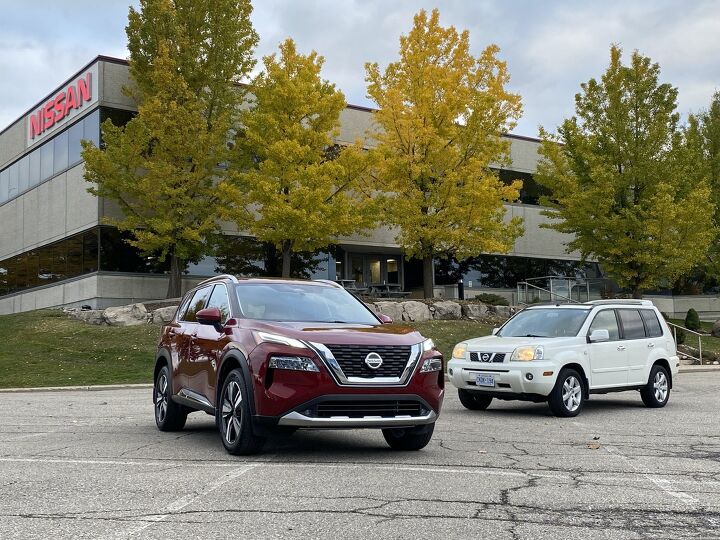
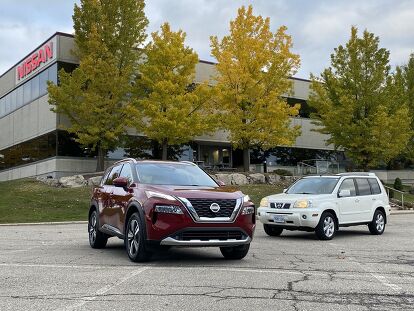





































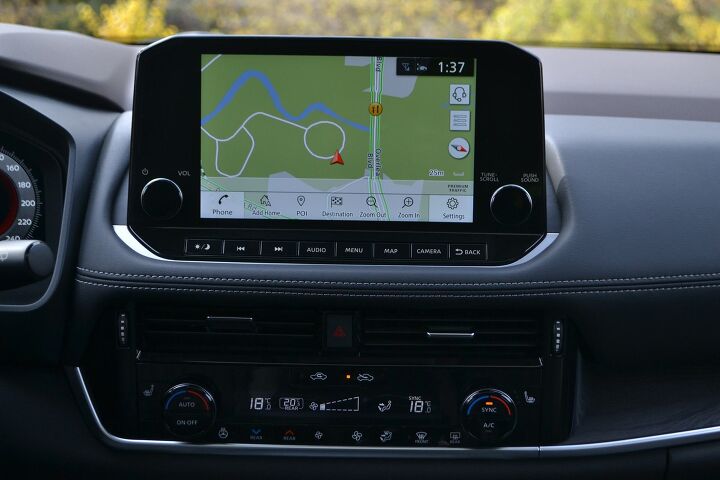





















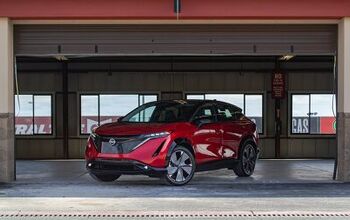

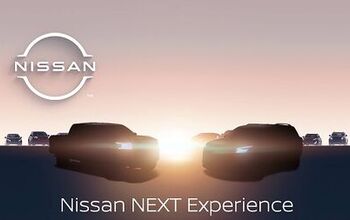
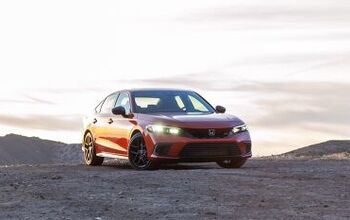

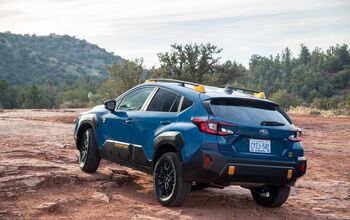


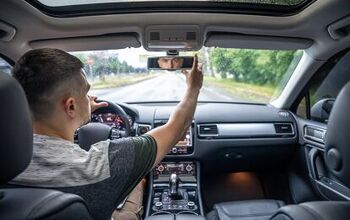

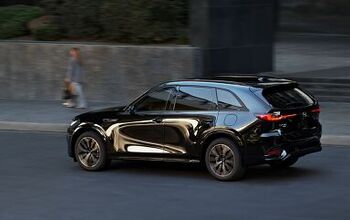

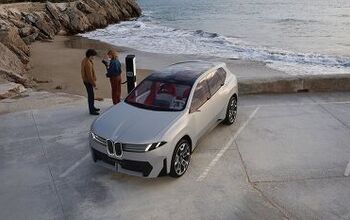
Comments
Join the conversation